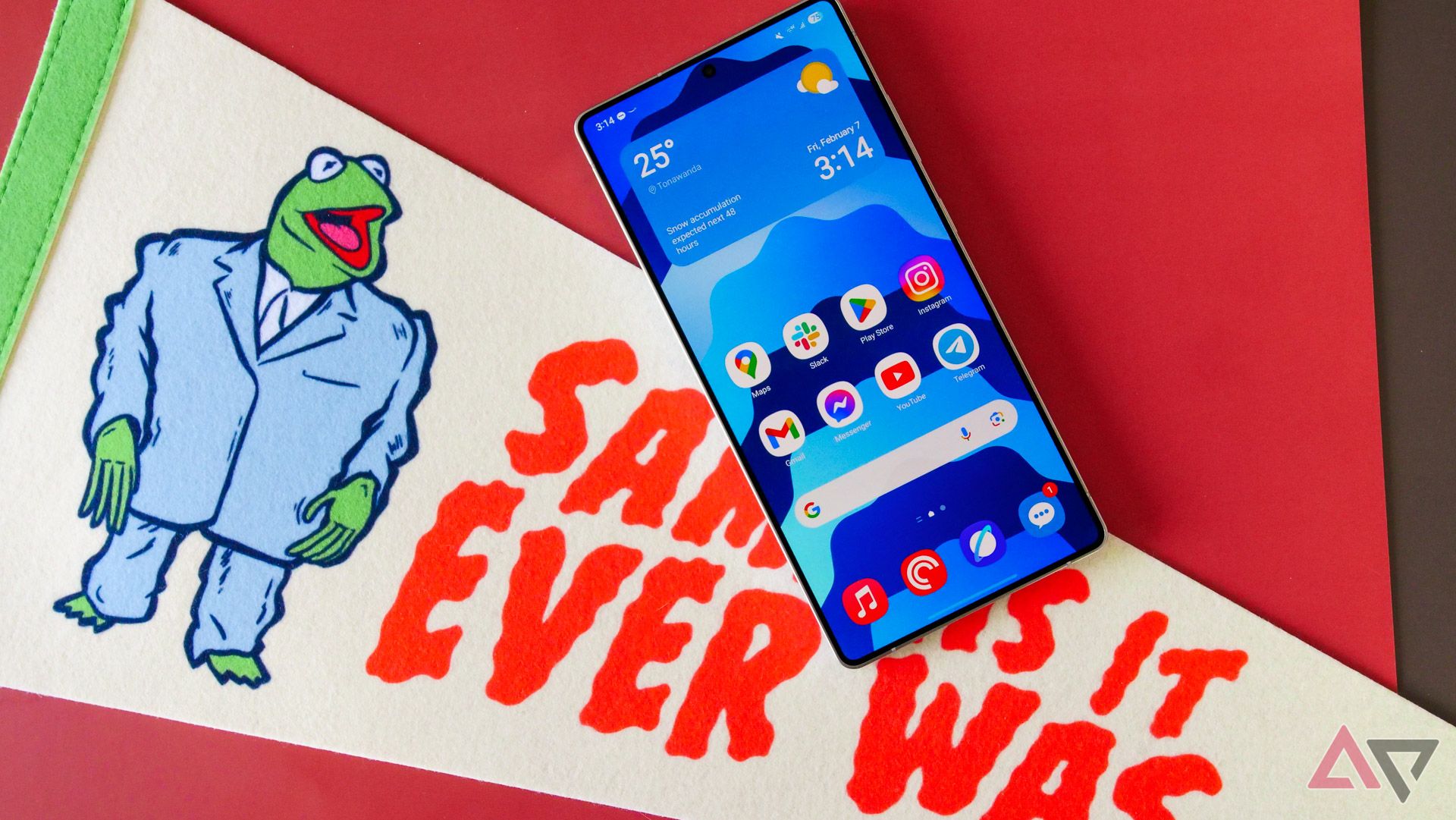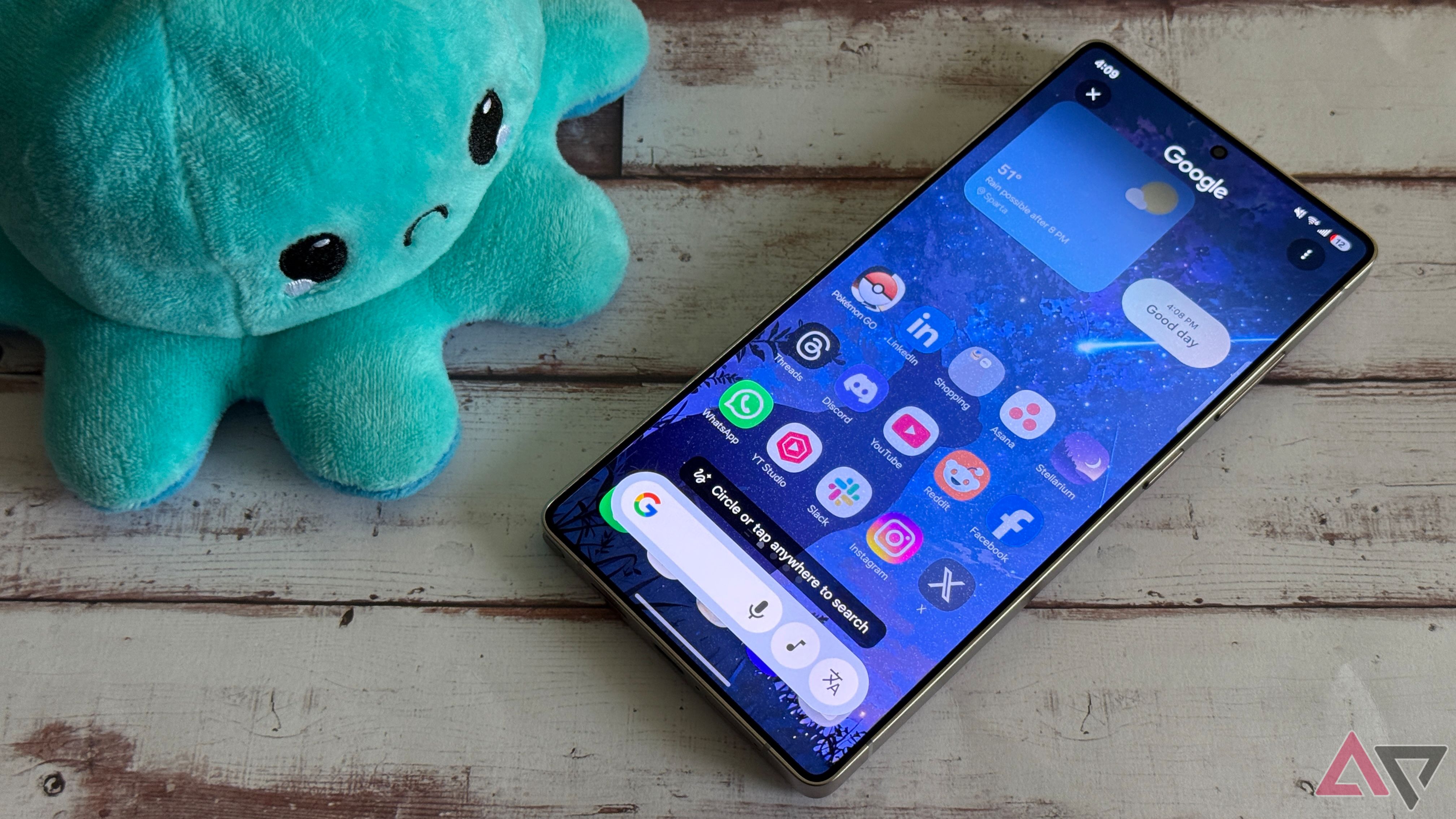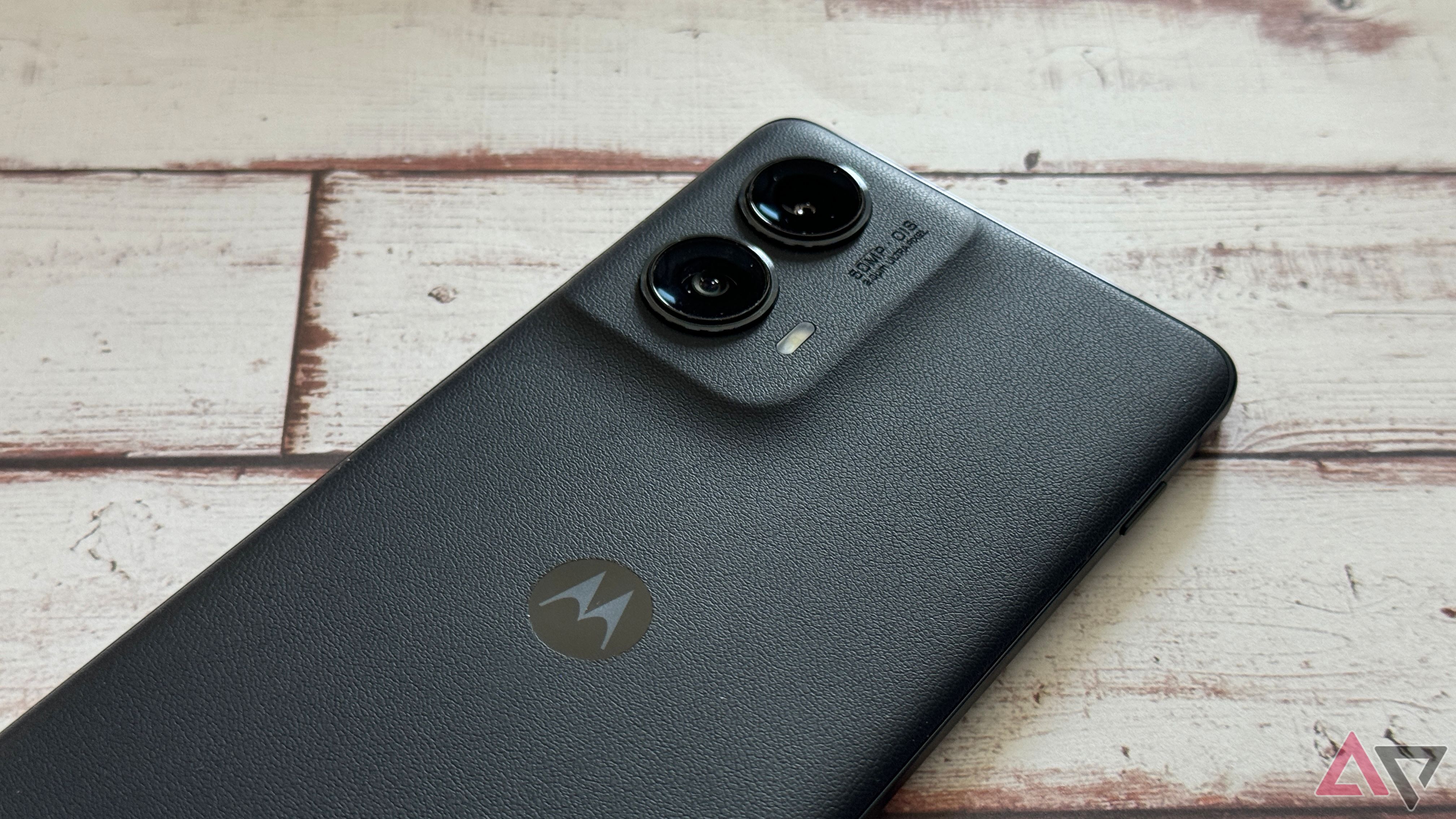I’m lucky enough in my work to use the latest and greatest smartphones when they are released. I love flagship phones; you’ll always find one in my pocket. However, I get the most satisfaction from finding excellent devices for a fraction of the price. I don’t like spending $1,300 on a Samsung Galaxy S25 Ultra more than anyone else does, and finding a bargain always feels fantastic.
Despite not offering any flagship phones in the US, Motorola does a fantastic job balancing value and performance, producing some of the best midrange and budget phones on the market. Everyone loves a flashy new device, but if you’re honest with yourself, all you need is a budget Motorola to do everything you want to do on a smartphone.
We pay for more power than we use
Flagships sound better on paper
I am as susceptible as anyone to the allure of a new flagship. Every time Samsung or Google has a phone launch, I’m all over it, getting my preorders in with everyone else. Yet, once the phone arrives, I use my device the same way I always have. I scroll through Facebook and Instagram. I take multiple cat photos to the annoyance of my furry friend, and I send gigabytes worth of useless GIFs to friends on WhatsApp — all things that could be done for significantly less money.
Even though Qualcomm and others have seriously improved chipset power, our needs haven’t kept pace.
I recently used my Samsung Galaxy S25 Ultra and Moto G Stylus 2024 side by side. Yes, the Galaxy S25 Ultra holds distinct advantages over the Moto in many areas. However, if you’re honest with yourself, the G Stylus does most of the basics just as well — Instagram can only open so fast. I enjoy my Facebook feed just as much on my G Stylus as on my Galaxy S25 Ultra, and that Pikachu on Pokémon GO is just as caught on the cheaper Moto.
Applications haven’t kept up with increased horsepower
I wish we used more than we did
The Snapdragon 8 Elite in my Galaxy S25 Ultra is impressive. I love how powerful it is while remaining efficient. Battery life is fantastic, and I’m confident Snapdragon 8 Elite-powered devices will be snappy for years. Unfortunately, I know I don’t use a fraction of the potential power of the Snapdragon 8 Elite chipset. The Snapdragon 8 Gen 1 in my Galaxy S22 Ultra is still fast and sufficient for 90% of what I want to do on a phone. I wish the Galaxy S22 Ultra had better battery life, but the performance is there.
Even though Qualcomm and others have seriously improved chipset power, our needs haven’t kept pace. Standard apps like WhatsApp and Facebook don’t require much more horsepower than they did years ago, and it’ll be years before we see AAA mobile games and desktop-class applications that will tax the Snapdragon 8 Elite. In the meantime, you could’ve saved hundreds on a midrange or budget device that maintains much of the same user experience. Instead of creating apps that better utilize older chipsets, Samsung and others have a way of moving the goalposts. I hate that the company claims some Galaxy AI features can’t come to the perfectly capable Galaxy S24 Ultra, despite us never getting the most from the Snapdragon 8 Gen 3. We should refuse to pay flagship prices until companies consistently show that all this power is necessary.
Motorola has plenty of excellent choices
Sales make the value even better
I wanted to highlight Motorola because I’ve been enjoying the company’s offerings under $500. Moto is also aggressive with sales, so an unattractive initial MSRP eventually becomes an impressive value a short time later. I didn’t love the Moto G Stylus 2024 for $400, but it’s an excellent smartphone for its current $250 sale price. It features a gorgeous display, a capable Snapdragon 6 Gen 1 chipset, and 8GB of RAM. I forget the price I paid when I look at the G Stylus’s display, and you’ll question the need to spend $1,000 more on other phones.
The Motorola Edge is similar. I was thoroughly confused by the phone’s $550 launch price, but it’s one of the best smartphone deals for $300. It has a premium build quality, a gorgeous display, and smooth performance. I was pleasantly surprised by its 50MP camera, which takes decent images with deep contrast. It’s also a light and thin phone, which is rare in 2025.
It takes a shift in thinking
Motorola’s not perfect, and I’d still love to see the company improve the length and frequency of its software support. However, you can get a fantastic smartphone experience for less than 50% of what you’d pay for a flagship device. While Samsung focuses on improving Galaxy AI, Motorola is making more of the types of phones I’d like to see. You can find a phone that meets your needs without a large monthly payment or carrier service contract. I love flagship phones, but a midrange Motorola gets me by.





